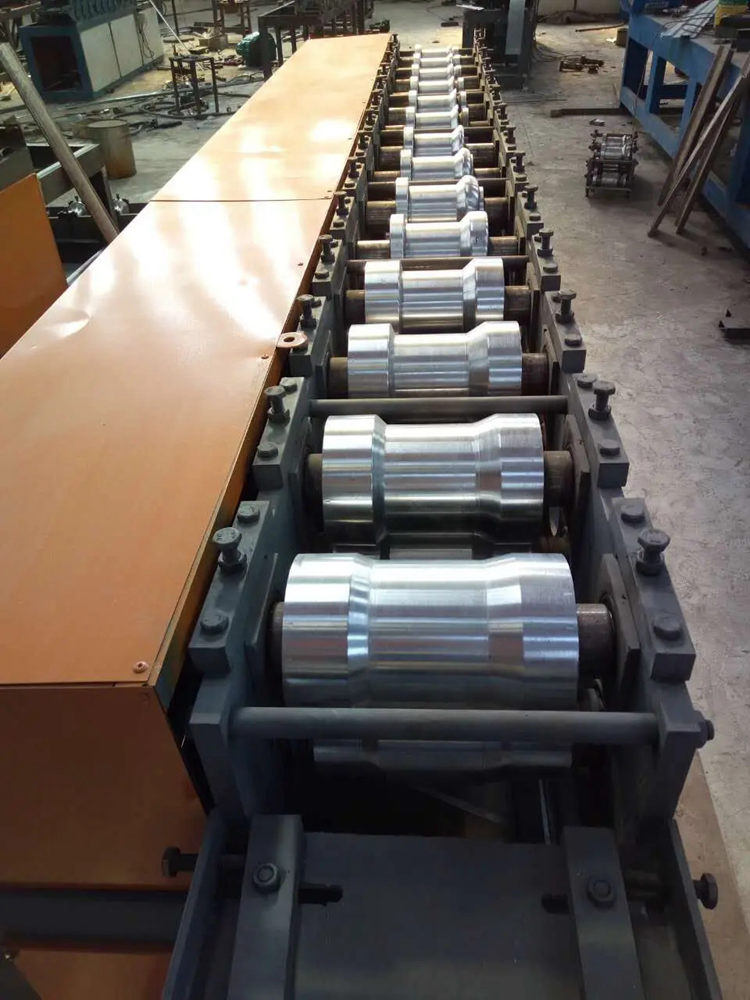
Understanding Welding Machines A Comprehensive Guide
Welding is a critical process used in various industries, from construction and manufacturing to automotive and aerospace. At the heart of this process is the welding machine, a device that fuses materials together by using high temperatures and sometimes pressure. This article explores different types of welding machines, their applications, and the advancements in technology that enhance their efficiency and precision.
Types of Welding Machines
Welding machines come in several types, each designed for specific applications and materials
. The most common types include1. MIG (Metal Inert Gas) Welders Also known as GMAW (Gas Metal Arc Welding), MIG welders are favored for their ease of use and versatility. Suitable for welding thin to medium thickness materials, these machines use a continuous wire feed as an electrode and an inert gas, typically argon or helium, to shield the weld pool from contamination. MIG welding is widely used in automotive repair, manufacturing, and home projects.
2. TIG (Tungsten Inert Gas) Welders TIG welding, or GTAW (Gas Tungsten Arc Welding), is ideal for precise welds on thin materials and has applications in fields like aerospace and art. It uses a non-consumable tungsten electrode to produce the weld. An inert gas protects the weld area, allowing for fine control over the heat input and minimizing defects.
3. Stick Welders Also known as SMAW (Shielded Metal Arc Welding), stick welders utilize a consumable electrode coated in flux. When the electrode is heated, it melts and deposits filler material into the weld joint while the flux layer protects the metal from atmospheric contamination. Stick welding is robust and can be used in windy conditions, making it suitable for outdoor construction projects.
4. Flux-Cored Arc Welders (FCAW) This process is similar to MIG welding but uses a tubular wire filled with flux. The flux creates a protective gas shield during the welding process. FCAW welders are versatile and can be used in various positions, making them a popular choice for heavy fabrication, construction, and shipbuilding projects.
5. Submerged Arc Welders (SAW) SAW involves the formation of an arc between a continuously fed electrode and the workpiece. The weld pool is submerged under a layer of granular flux, which prevents contamination and improves the quality of the weld. This method is typically used for heavy industrial applications, offering deep penetration and high deposition rates.

Applications of Welding Machines
Welding machines find applications across numerous sectors. In the construction industry, they are essential for fabricating steel structures and reinforcing bars. In the automotive sector, welding plays a crucial role in assembling vehicles, with MIG and TIG welding techniques commonly used for both structural and aesthetic components.
The aerospace industry relies heavily on welding for fabricating components that must withstand extreme conditions. For instance, TIG welding is often employed for aircraft parts due to its ability to produce strong and precise welds. Similarly, in piping and plumbing, stick welding and MIG welding are commonly used to create durable connections.
Advancements in Welding Technology
The welding industry is continuously evolving, driven by technological advancements that enhance efficiency, safety, and precision. One significant development is automation in welding processes. Robotic welding systems are increasingly being adopted in manufacturing plants, allowing for consistent and high-quality welds while minimizing human error and enhancing worker safety.
Moreover, the integration of computer technology has led to the development of advanced welding simulation software. These programs enable engineers to model welding processes, predict potential issues, and optimize parameters before actual production begins, saving time and resources.
Additionally, innovations in materials science have led to the creation of new welding rods and filler materials, improving the strength and durability of welds. Techniques such as laser welding and electron beam welding are also gaining popularity for their ability to produce high-quality and precise welds with minimal thermal distortion.
Conclusion
Welding machines are indispensable tools in various industries, ensuring the structural integrity and longevity of products. With a range of welding techniques available, each suited for different materials and applications, the choice of welding machine is crucial to the success of any project. As technology continues to advance, the future of welding will see even greater efficiency, precision, and capability, driving progress across multiple sectors. Whether for industrial purposes or DIY projects, understanding the fundamentals of welding machines will empower users to achieve optimal results in their welding endeavors.